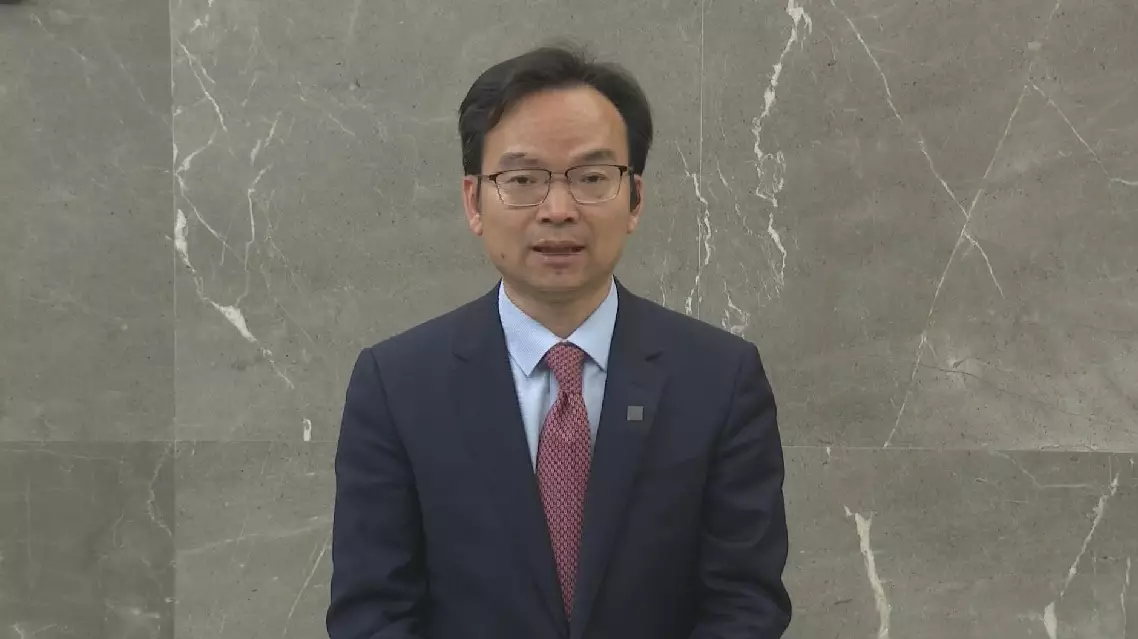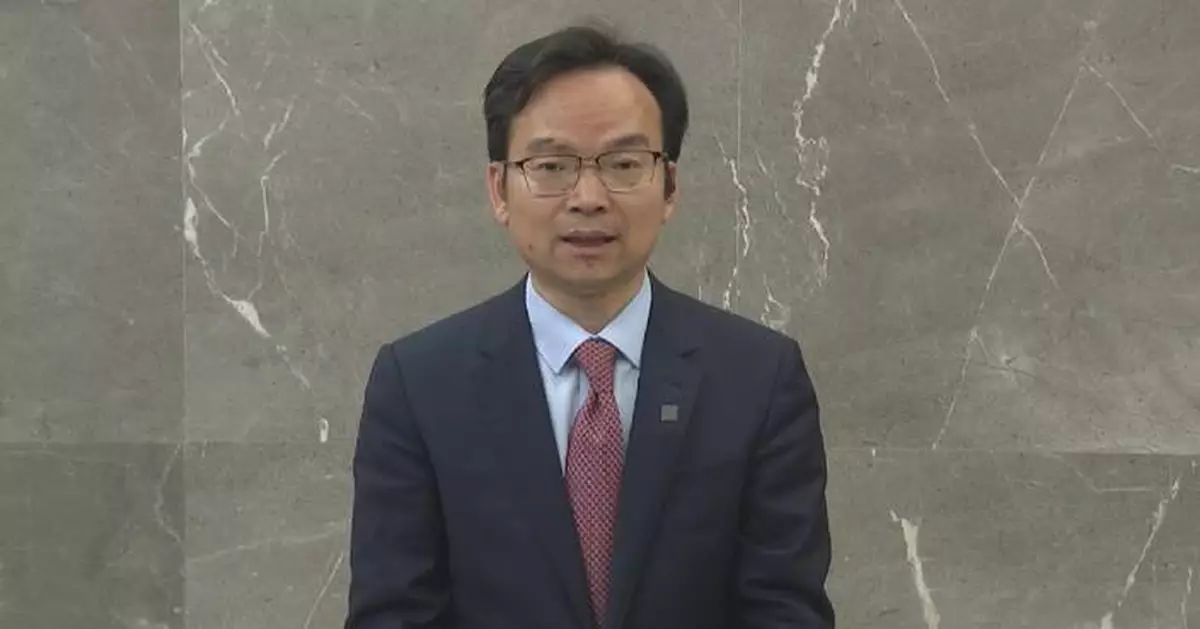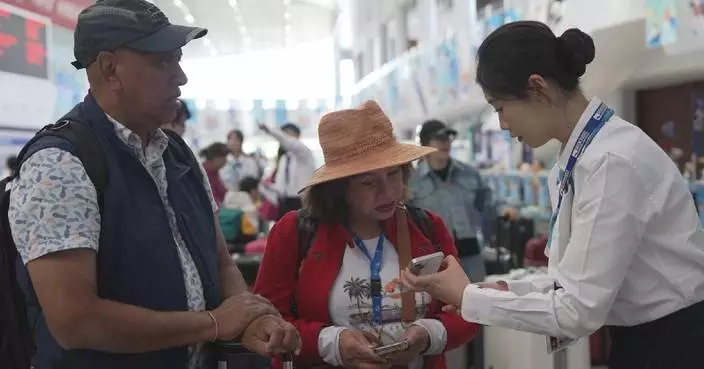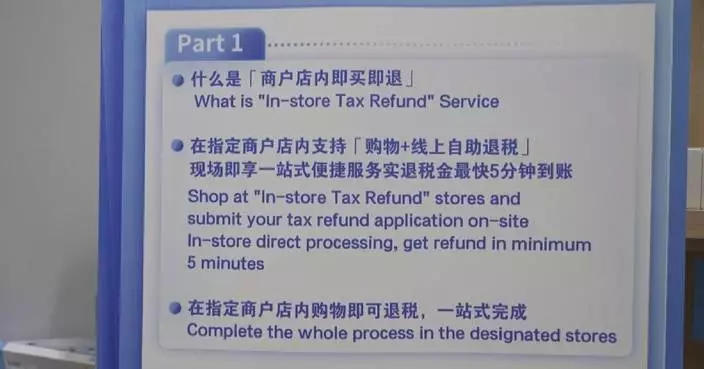Amid escalating U.S.-China trade tensions, China is optimizing its trade strategy and strengthening global partnerships, positioning itself for rapid economic growth fueled by solid policy tools and strong domestic demand, said en expert.
In the midst of widespread opposition, U.S. President Donald Trump on April 2 signed an executive order on the so-called "reciprocal tariffs," imposing a 10-percent "minimum baseline tariff" and higher rates on certain trading partners.
Shortly after midnight Wednesday Eastern Time, the United States increased tariffs on imports from China to 104 percent. In response, China raised tariffs on American goods to 84 percent, prompting Trump to escalate further by imposing a 125 percent tariff on Chinese imports.
In an exclusive interview with China Media Group, Tu Xinquan, dean of the China Institute for WTO Studies at the University of International Business and Economics, discussed China's growing trade potential and highlighted the country's domestic economic advantages, particularly in terms of policy tools and domestic demand.
Tu said that developing countries are playing an increasingly important role in the global economy, with their share in China's trade structure continuing to rise.
"The global economy is a whole, and based on current development trends, the share of developing countries in the world economy is steadily increasing. In terms of our trade structure, the share of developing countries is also on the rise, and overall, it is now approaching 50 percent," he said.
He also emphasized that China has been actively working to diversify its trade markets and strengthen economic ties with both developed and developing countries.
"In recent years, we have actively worked to diversify our markets. Especially under the Belt and Road Initiative, we have developed close economic and trade cooperation with many developing countries. We’ve also signed many free trade agreements, including the Regional Comprehensive Economic Partnership (RCEP). Additionally, we have introduced new measures to boost trade with developing countries, particularly through our unilateral opening to the least developed countries by offering zero-tariff treatment on their goods. These efforts have strengthened our cooperation with developing countries, enriching and expanding our markets. Of course, we also maintain cooperation and communication with developed countries. For example, we are actively working towards joining the Comprehensive and Progressive Agreement for Trans-Pacific Partnership (CPTPP) and have implemented measures to further expand our collaboration with these nations," Tu said.
Looking toward the future of China's economic development, Tu stressed the importance of exploring new policy tools and expanding domestic demand.
"From the perspective of policy reserves, China still has a rich array of options. The country boasts considerable space and reserves in terms of monetary and fiscal policies. Additionally, we need to explore new policy tools, especially amid the 'trade war'. For export-oriented enterprises facing difficulties, direct subsidies or fiscal support should be provided. Furthermore, there are many new approaches to expanding domestic demand that can still be explored. Whether drawing on the experiences of other countries or leveraging strategies China has already explored in recent years, measures such as increasing household income and boosting product supply can all contribute to accelerating the growth of domestic demand," he said.

Supportive policies, global partnerships drive China’s growth amid trade tensions: expert




















































